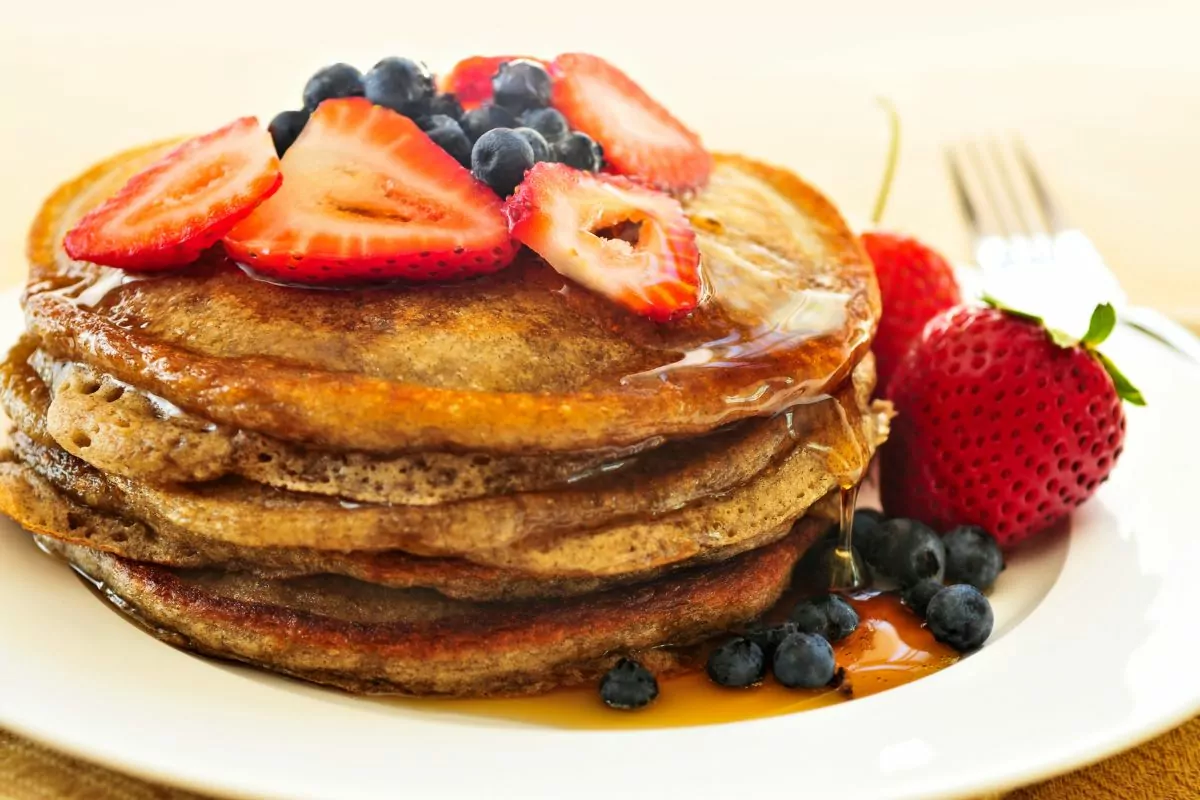Cream of Tatar is a common ingredient used as a thickening or leavening agent in recipes such as whipped creams or meringues.
However, you may be wondering: what exactly is cream of tartar? And what does this mean for vegans? Well, if you’re following a vegan diet, you’ll be glad to know that: yes, cream of tartar is vegan!

Essentially, cream of tartar is simply a derivative of tartaric acid which can be found naturally in many fruits, such as citrus fruit and grapes.
No animal products are used in the production of cream of tartar, making it suitable for vegans! With this in mind, this article will explore everything you need to know about cream of tartar and its role in a vegan diet.
Why Cream Of Tartar Is Vegan
Cream of tartar can sometimes be a confusing ingredient, especially for those just starting out their vegan journey.
After all, the name doesn’t offer any guidance, since it’s called ‘cream’ of tartar – which is usually derived from animal sources. So, it’s understandable why some people may be confused when it comes to this unique substance.
Although, since cream of tartar is derived from fruits, it makes it entirely suitable for vegans.
There are no animal products used in the production of cream of tartar, making it a great ingredient for both vegan baking and cooking.
While any cook will call it ‘cream of tartar’, food chemists, on the other hand, refer to the ingredient as potassium bitartrate (or potassium hydrogen tartrate.
Products That Contain Cream Of Tartar. Hint: It’s Not Just Food
Cream of tartar, otherwise known as potassium bitartrate, can be used in various applications. Ranging from foods, such as meringues, to medicines, cosmetics, and even household cleaning products.
Simply put, this is a versatile substance that also happens to be vegan-friendly. Therefore, if you find it in your favorite vegan products, don’t be alarmed!
How Is Cream Of Tartar Made?
The process of making cream of tartar may surprise you. The traditional way of forming potassium bitartrate is through the wine-making process.
Potassium bitartrate is crystallized to form cream of tartar in two different ways: during grape juice fermentation (to make wine) or through chilling fresh grape juice over a long time.
The substance needed to make cream of tartar is located in wine casks, and once the wine is complete, it precipitates. Accordingly, the crystals will form on the sides of a wine bottle and underneath the corks.
This is most common when the wine is stored below 50 degrees Fahrenheit.
Vegan Controversy Surrounding Cream Of Tartar
While cream of tartar is suitable for vegans, there are some controversies in the community surrounding the product.
The principal concern is that some wines contain animal products in their production, such as bone marrow, gelatin, casein, and chitin.

However, while some vegans may be concerned about eating cream of tartar, here are some other factors to consider:
- Cream of tartar is a widely accepted product in the vegan community. In fact, PETA recommends using cream of tartar to deter ants in your kitchen.
- There are many fining agents used to create vegan-friendly wine, such as vegetable plaques, clay, and limestone.
- Not all wines are manufactured using animal products.
Uses For Cream Of Tartar In The Vegan Kitchen
There are various ways you can include cream of tartar into your vegan-friendly cooking. Below, you will find a few of the best!
- Leavening – For baked goods to rise, there needs to be a combination of sodium bicarbonate (baking soda) and acid. This acid can take the form of cream of tartar – making it the most common use in the kitchen.
- Thickening – In certain recipes, it’s important to thicken the liquid. While flour and cornstarch are popular choices; they sometimes leave lumps. To avoid this, cream of tartar makes a great alternative.
- Preserves colors in vegetables – When boiling particular vegetables, such as broccoli and beans, the colors can look less vibrant, making them less appetizing. To prevent this from happening, toss in some cream of tartar next time!
Vegan Recipes That Use Cream Of Tartar
Now that we know how to use cream of tartar in the kitchen; here are some must-try vegan recipes:
- Vegan meringues – It is near-impossible to achieve the fluffy, airy, and light texture of a meringue without using cream of tartar.
- Whipped cream – When using cream of tartar, making whipped cream has never been easier. Whether scooped onto your favorite fruits or vegan ice cream, you can’t go wrong!
- Cake – Celebrate your birthday bash in style by making a completely vegan cake using cream of tartar. Since cake is typically made with non-vegan ingredients, give cream of tartar a go for a completely vegan cake. Your friends won’t know the difference between a vegan cake and a non-vegan cake.
- Potato soup – Thicken up your vegan potato soup recipes by adding a dash of cream of tartar. You can’t go wrong with a big bowl of potato soup on a cold winter’s night.
The recipes don’t stop here, there are various ways you can include cream of tartar into your vegan meals to create delicious dishes. So, next time you’re at the grocery store, don’t forget to pick up some cream of tartar.
Final Thoughts
Cream of tartar is a versatile ingredient that can be used in various recipes with different purposes.
When deliberating cream of tartar’s role in a vegan diet, you should remember that ultimately the substance is derived entirely from fruits, making it suitable for vegans.
When used in recipes, it can either be used as a thickening or leavening agent or modify all your favorite foods into vegan alternatives, such as meringues and cakes.
Hopefully, this guide has informed you on everything you need to know about cream of tartar and whether or not it is vegan-friendly.
- Cucumber, Apple And Pineapple Juice - September 12, 2022
- French Toast Without Eggs - September 12, 2022
- Cook Canned Chickpeas - September 12, 2022








